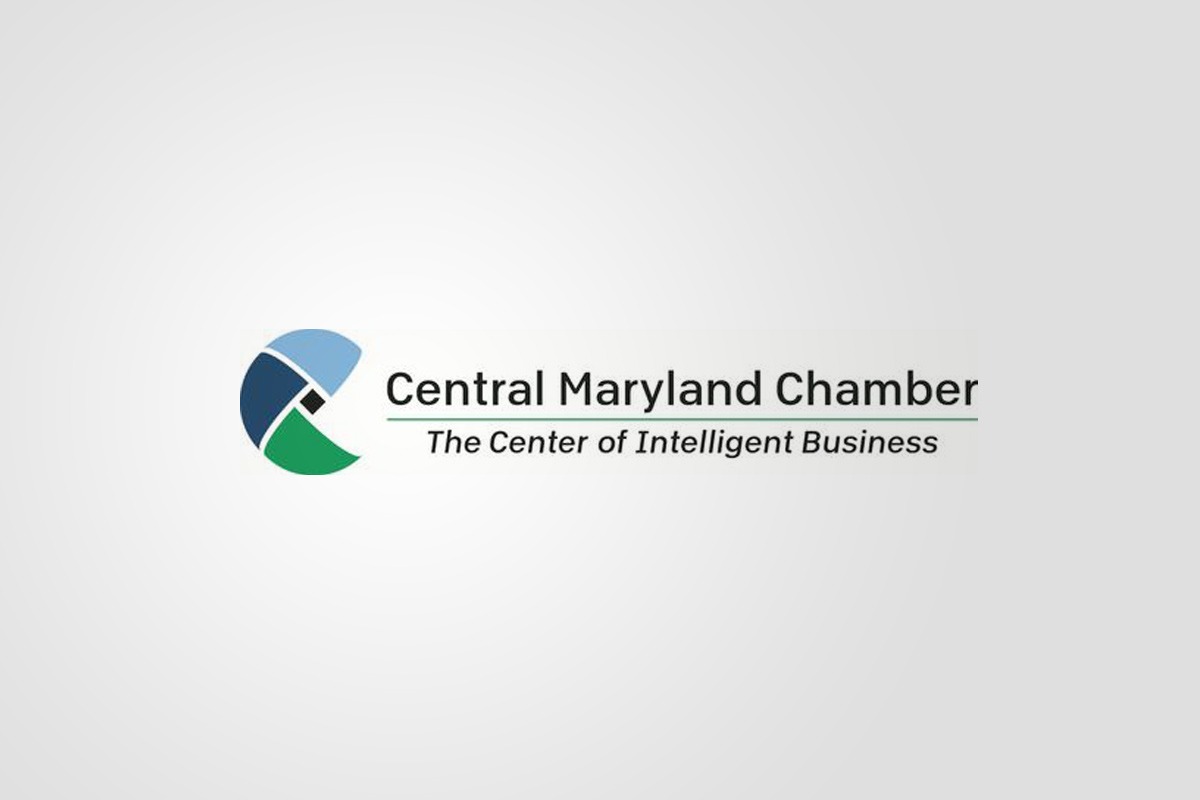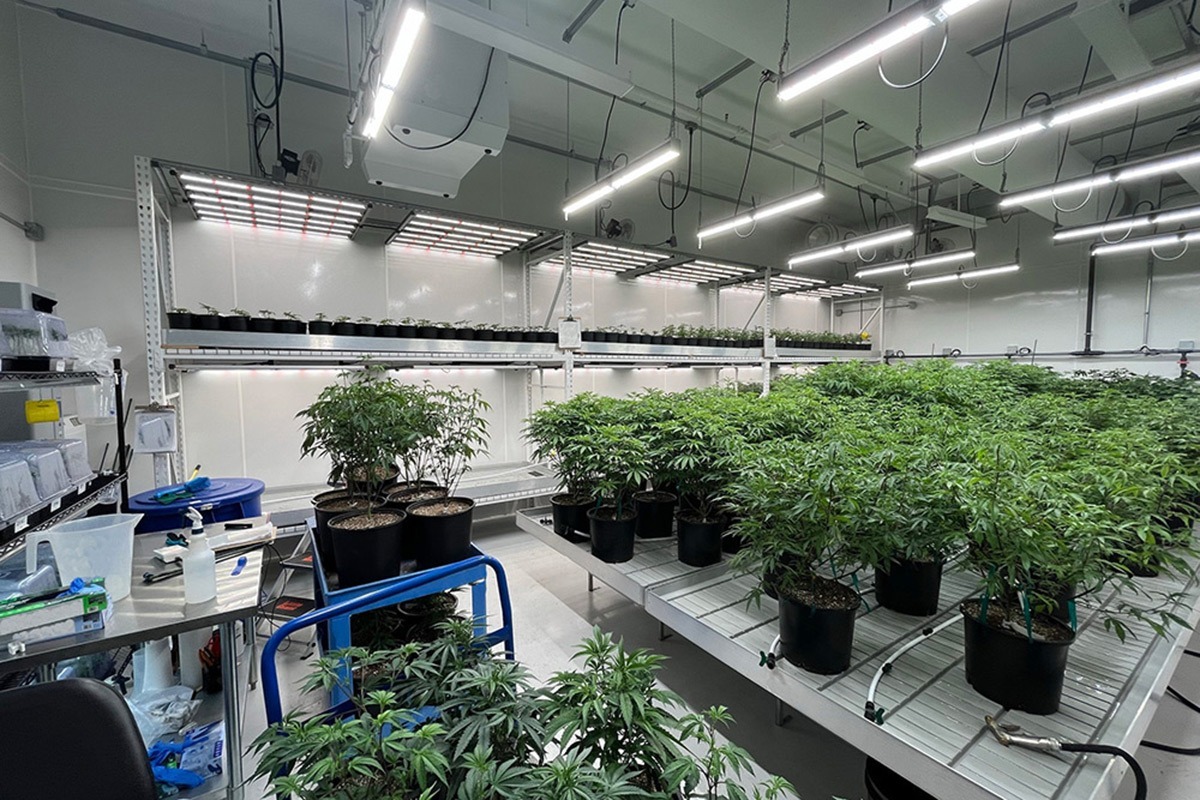rEDC Adapting Smartly: Teleworking Workshop

Real Projectives®’ principal, Jonathan Williams pleasurably facilitated a recent Teleworking Workshop hosted by the Regional Economic Development Committee of the Central Maryland Chamber of Commerce. Several members of the Chamber, as well as a few visitors, gathered for this informative session via Zoom.
The session focused on four main questions:
- What’s the best way to balance home/work in the teleworking environment?
- What teleworking systems did people utilize?
- What modifications were people making going forward for their teleworking?
- And how important is the physical aspect of working together?
Aaron Keele, principal at EnviroProjects, shared how teleworking had changed his schedule. “I started working later, and of course worked later into the day.” While there’s some flexibility in working from home, some participants felt that was not always the best thing. Kerstin Rivkin, of Maryland Jockey Club, mentioned she was more effective in the office since her kids were also doing school from home at the same time. And Beth Hayden, VP of Employee Benefits at Commercial Insurance Managers, may have summarized it best, when she commented that the bottom line was not forgetting about “taking care of you.” We all need to balance the needs of work with our own and our family’s needs, and according to Williams, it requires “discipline to manage your life” in all facets.
Not all participants had the liberty of working from home. A local transportation manager and his staff are “in the position of having to be there.” And Keele bemoaned the loss of outside meeting and workspaces such as coffee shops. Williams added the concern and risk for travelling employees, and what’s involved in managing that risk, particularly dealing with varying COVID requirements from state to state. Hayden added that her daughter and her co-workers have been doing tailgate meetings, a clever workaround to the current need for physical distancing.
Lori Ratzburg, Maryland Department of Commerce, referred to creating efficiencies in your work environment, and the pleasure of not having to drive to and from appointments, allowed her to immediately follow-up on issues. Keele echoed this in saying that he was “able to take immediate take care of action items” for clients.
Additional thoughts included the changed role of management, the shifting of costs to employees, cost savings on gas and clothes. The majority agreed that we’ll be operating in this environment for a while.
There was plenty of conversation around physical proximity to one’s team. One participant commented on the proximity needs of some his clients, “they need to feed off of each other,” he said. The Mayo Clinic highlighted this issue in June 2020 article, “However, teleworking has always had drawbacks, including social and professional isolation, decreased information sharing opportunities, and difficulty separating work and personal time.” Despite acknowledging these challenges, some participants felt that they had proactively created tighter teams, gaining more personal knowledge of teammates, and creating a stronger bond for the entire team.
Everyone gained great insight into the many issues facing employers and employees and learned some useful strategies to handle them. This discussion highlighted the overall flexibility, adaptability, and ingenuity of the human spirit in challenging times. A recording of the workshop can be watched by visiting the Chamber website[link] and we’d welcome you to join us on March 3 for a sequel of the Adapting Smartly series regarding Workplace Morale.


